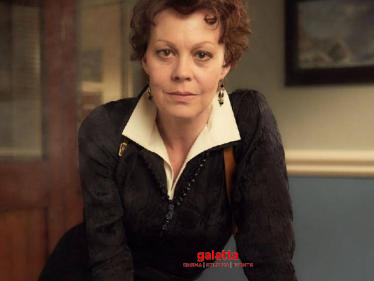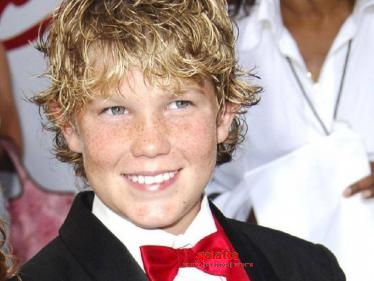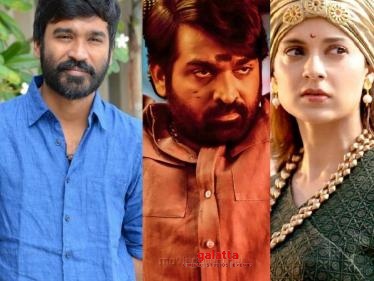The Face of horror
By Kolammal Shankar | Galatta | March 14, 2009 00:00 AM IST

The Face of horror
It is pitch dark. Nothing stirs, there is no sound except the occasional howl of the wind. The shot zooms in, as if�entering the darkness. A rustle of dead leaves. And�feet thumping on them. After a few steps, the feet stop... leaving you in a state of eerie emptiness...
How many times have we lived through this eeriness, cringing in our seats at the cinema hall or coiling ourselves in a sofa, while watching the opening scene of a horror film?
Today is Friday the 13th – a day�considered the most ominous and horrifying. So, what do we ask you to do on a day like this? Creep in fear? NO! Just recline in your seats and�enjoy an armchair horror travel as we celebrate the most famous horror movies of the past and the present.
Horror as a genre dates back to the history of films itself. The first horror movie was by French filmmaker Georges Melies titled Le Manoir Du Diable (also called, The Devil's Castle) in 1896. Though Europeans were the pioneers in horror flicks, Hollywood instantly caught up with the genre, overtaking them at the dawn of the 20th century.
Frankenstein was one of the first monsters to enter in Edison Frankenstein in 1910. Then came the most-vivid and the most frightening --�The Phantom of the Opera in 1925 with its bitter, disfigured, vengeful, composer/ ghost of the Paris Opera. Vamps followed with famous horror film actor Lon Chaney casting himself in vampir roles in many horror movies of that time.
Later, horror played hide-and-seek with Dr. Jekyll and Mr. Hyde in 1920 -- the ingenious doctor (Dr. Jekyll) who had an evil side named Mr. Hyde. Next came the Dracula era. Blood-sucking, evil-toothed draculas pounced on the silver screen.�Tod Browning came out with a menace called Dracula in 1931, and�the same year, Carl Theodor Dreyer released his dreamy, seminal horror film, Vampyr.
From then on, the perspective of horror changed slightly, moving from Draculas to criminals, both ghostly and ghastly. Fritz Lang created M which introduced a terrorizing, child-murderer, based on a real-life serial killer. Universal Studios gave birth to the 'werewolves' on screen. The Werewolf of London (1935) was followed by The Wolf Man (1941). After a series of classic horror movies like the House of Frankenstein and the House of Werewolf, we come to the era of real horror. The mysterious, edge-of-the-seat horror that connects the supernatural with the natural. The Omen, Evil Dead and Friday the 13th are perfect examples of this type of horror.
Now, with numerous horror films crowding�celluloid space, horror has become a familiar and even favourite genre with moviegoers. Horror flicks now are rated by their uniqueness, horrifying quotient and element of suspense more than anything else.


















